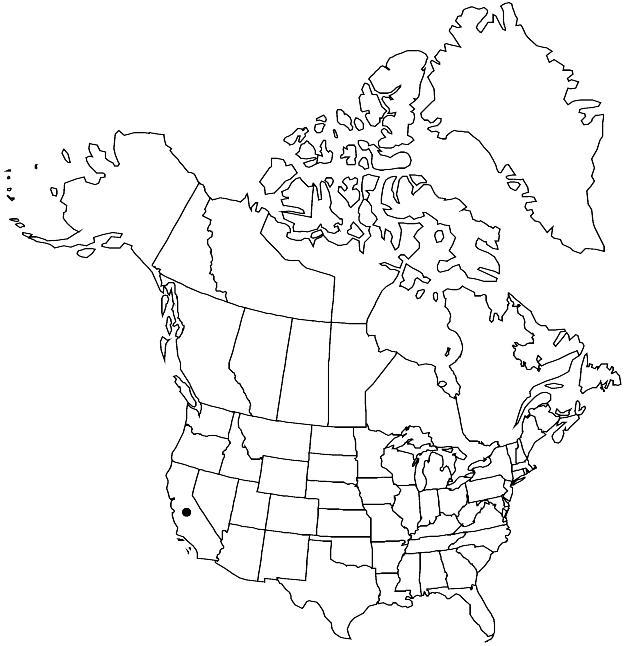Difference between revisions of "Limnanthes bakeri"
Leafl. W. Bot. 3: 206. 1943.
FNA>Volume Importer |
imported>Volume Importer |
||
| (2 intermediate revisions by 2 users not shown) | |||
| Line 8: | Line 8: | ||
}} | }} | ||
|common_names=Baker’s meadowfoam | |common_names=Baker’s meadowfoam | ||
| + | |special_status={{Treatment/ID/Special_status | ||
| + | |code=E | ||
| + | |label=Endemic | ||
| + | }}{{Treatment/ID/Special_status | ||
| + | |code=C | ||
| + | |label=Conservation concern | ||
| + | }} | ||
|basionyms= | |basionyms= | ||
|synonyms= | |synonyms= | ||
| Line 47: | Line 54: | ||
|publication title=Leafl. W. Bot. | |publication title=Leafl. W. Bot. | ||
|publication year=1943 | |publication year=1943 | ||
| − | |special status= | + | |special status=Endemic;Conservation concern |
| − | |source xml=https:// | + | |source xml=https://bitbucket.org/aafc-mbb/fna-data-curation/src/2e0870ddd59836b60bcf96646a41e87ea5a5943a/coarse_grained_fna_xml/V7/V7_211.xml |
|genus=Limnanthes | |genus=Limnanthes | ||
|section=Limnanthes sect. Limnanthes | |section=Limnanthes sect. Limnanthes | ||
Latest revision as of 22:32, 5 November 2020
Plants 10–40 cm. Stems erect or ascending. Leaves 3–10 cm; leaflets 3–9, blade elliptic to ovate, margins usually entire (rarely 2- or 3-lobed). Flowers funnel- to bell-shaped; sepals lanceolate, 5–7 mm; petals pale yellow with white tips, cuneate, 7–9 mm, apex truncate, erose; filaments 2.5–4 mm; anthers cream, 0.5 mm; style 2–3 mm. Nutlets dark brown, 3–3.5 mm, tuberculate, tubercles light brown or pinkish, rounded. 2n = 10.
Phenology: Flowering Apr–May.
Habitat: Vernal pools, marshy margins of pools
Elevation: 100-900 m
Discussion
Of conservation concern.
Limnanthes bakeri is known from the Inner Coast Ranges of Mendocino County. It is easily recognized by having relatively few leaves with broad, mostly entire leaflets. The stamens and styles are about equal in length and are pressed together by a funnel-shaped corolla, facilitating self-pollination (R. V. Kesseli and S. K. Jain 1984b). Combined ITS, trnL, and morphological analyses placed L. bakeri in a basal position with respect to the Limnanthes (as sect. Reflexae) clade, and most closely allied with L. vinculans (M. S. Plotkin 1998). W. H. Parker and B. A. Bohm (1979) suggested that Floerkea proserpinacoides and L. bakeri separated from the family line long before the separation of other species.
Selected References
None.
